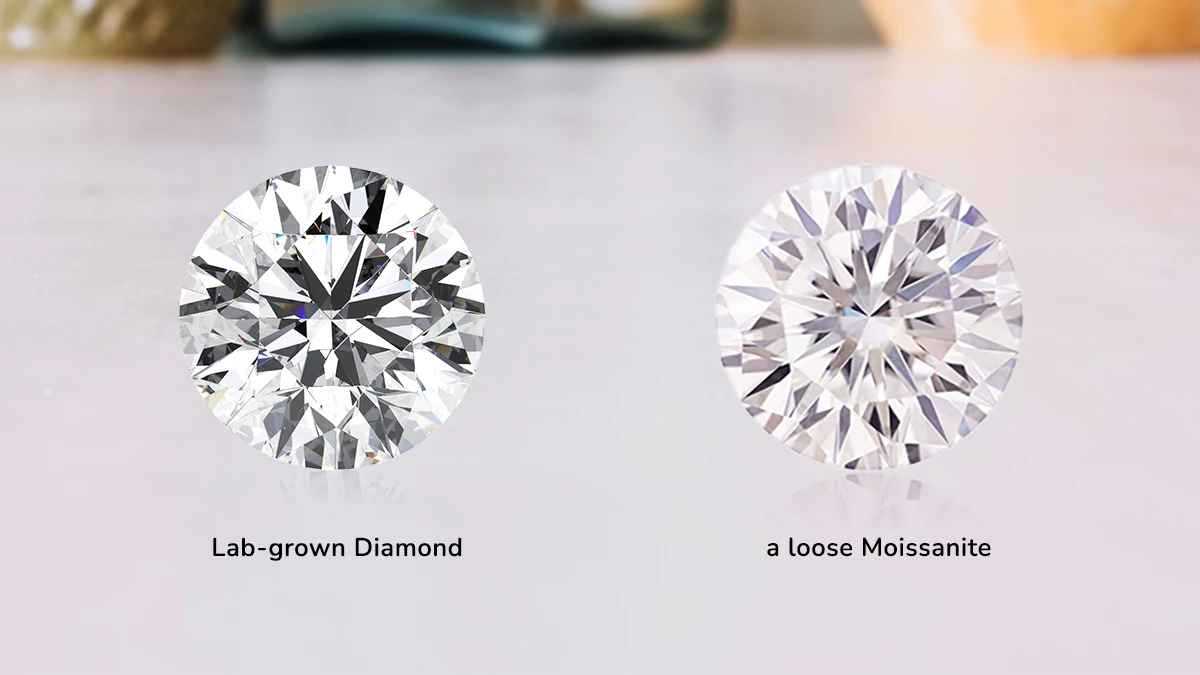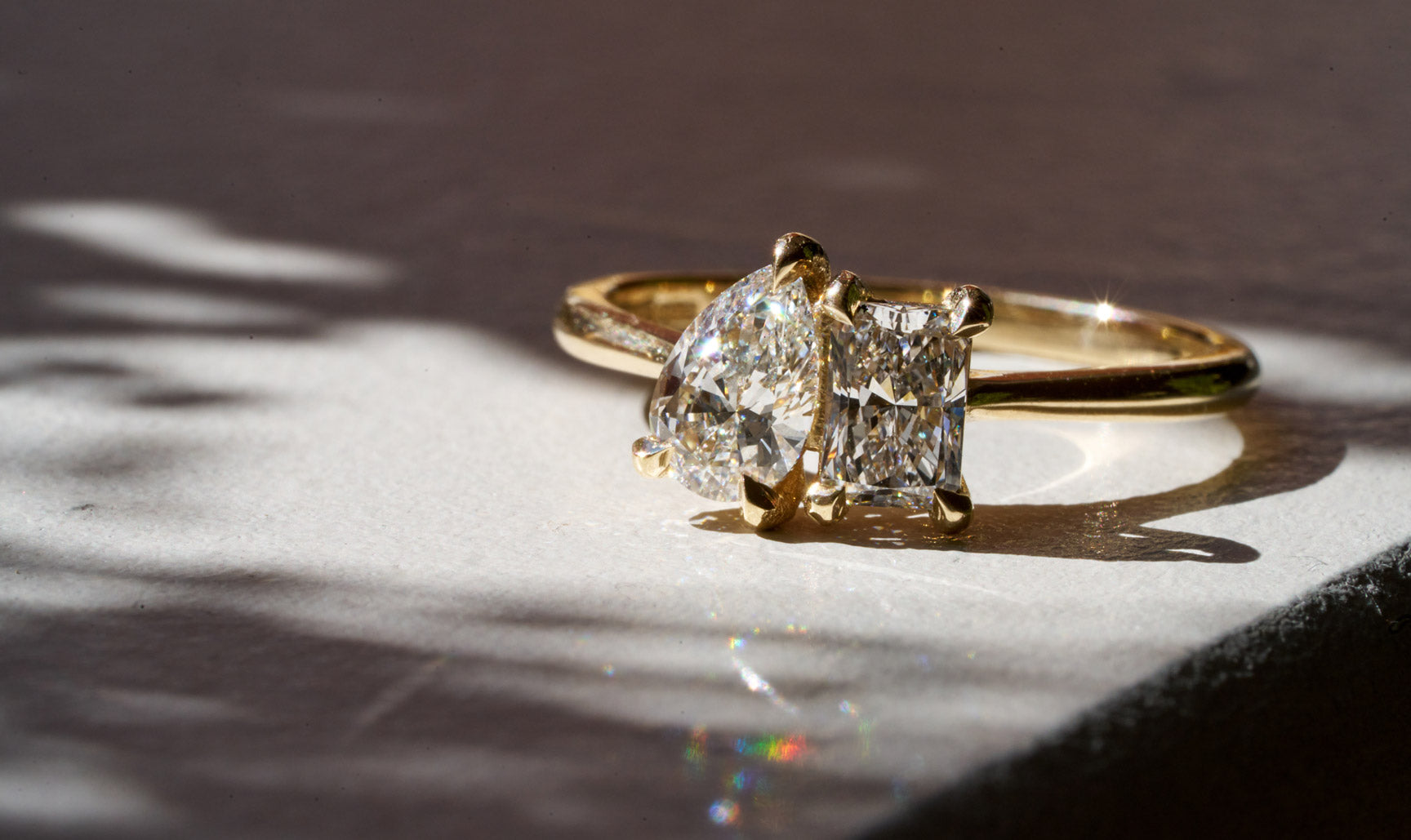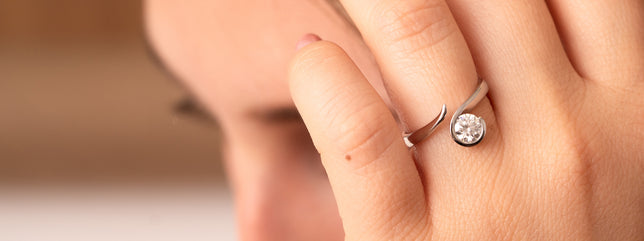Introduction
When choosing between diamond vs moissanites, many people are unsure about the differences, benefits, and overall value. Additionally, the rise of man-made diamonds has added another option for consumers seeking an ethical and affordable alternative. Understanding the characteristics of each gemstone is essential to making an informed decision.
What Are Diamonds and Moissanites?
To understand diamond vs moissanites, we need to look at their composition. Diamonds are naturally occurring carbon structures that form under extreme pressure and heat. However, man-made diamonds are created in laboratories, offering the same brilliance and hardness without the environmental and ethical concerns. On the other hand, moissanites are silicon carbide gemstones that were initially discovered in meteorites and later synthesized for commercial use.
Brilliance and Fire: Diamond vs Moissanites
One major difference in diamond vs moissanites is their brilliance. Diamonds, whether natural or man-made diamonds, exhibit a unique sparkle due to their refractive index. Moissanites, however, have a higher refractive index, which means they create more fire or rainbow-like flashes under light. While some people prefer the classic brilliance of diamonds, others appreciate the vibrant sparkle of moissanites.
Durability and Hardness Comparison
When comparing diamond vs moissanites, hardness is a crucial factor. Diamonds rank 10 on the Mohs hardness scale, making them the hardest natural material known. Man-made diamonds share the same hardness, ensuring longevity and resistance to scratches. Moissanites, while slightly softer at 9.25 on the Mohs scale, are still highly durable and suitable for everyday wear.
Price Differences and Affordability
Price plays a significant role in the decision between diamond vs moissanites. Natural diamonds are the most expensive, while man-made diamonds provide a more budget-friendly yet identical alternative. Moissanites are even more affordable, making them an excellent option for those looking for beauty without breaking the bank.
Ethical and Environmental Considerations
Choosing between diamond vs moissanites also involves ethical considerations. The mining of natural diamonds has raised concerns about environmental damage and unethical labor practices. Man-made diamonds provide an ethical solution, as they man made diamonds. Moissanites, being entirely lab-created, are also an environmentally friendly and conflict-free alternative.
Color and Clarity Variations
Color is another key aspect of diamond vs moissanites. While natural and man-made diamonds can range from completely colorless to yellow or brown shades, moissanites often exhibit a slight yellow or gray tint in certain lighting. In terms of clarity, high-quality moissanites are nearly flawless, whereas diamonds may contain natural inclusions depending on their grade.
Popularity and Consumer Preferences
The debate over diamond vs moissanites has gained traction as consumer preferences evolve. Man-made diamonds are becoming increasingly popular due to their affordability and ethical production. Moissanites, with their eye-catching sparkle and low cost, have also gained a strong following among budget-conscious buyers who still want a dazzling gemstone.
Conclusion
Understanding the differences in diamond vs moissanites helps buyers make informed decisions based on budget, ethics, and personal preferences. Man-made diamonds offer the same qualities as natural diamonds but at a lower price and without ethical concerns. Moissanites provide an even more affordable alternative with exceptional brilliance. Ultimately, the choice depends on individual taste and priorities when selecting the perfect gemstone.



